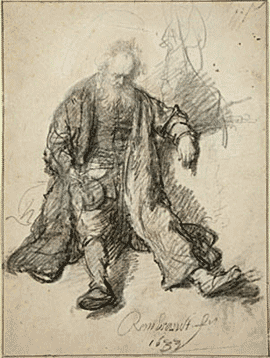Today was one of those gifts that nature bestows on one a few times each summer along the coast, when the humidity drops, the skies are clear and a gentle breeze makes the world joyously sparkling. It was the perfect day to be out drawing along the marshes, a welcome respite from other activities and concerns. The additional incentive was that it was a day designated for drawing by being part of the international Sketchcrawl group.
It was a day to experiment too, with a slightly different format of graphite drawing, with prepared grounds in different subtle colours. I had seen artist George Sorrels' wonderful Arches drawing book in which he had prepared varying sizes of small squares and rectangles in subtle colour, page by pages. Then, according to the subject matter he found, he would select a prepared area and do a graphite drawing of exquisite beauty and sensitivity. So I prepared paper in a number of colours, and sallied forth.
It was enormous fun to be drawing and experimenting, but more than the fun, there were so many gifts of the moment. The salt water marshes, emerald scintillating to golden, were generous with their ever-changing light. The tide flowed full and then softly ebbed, transforming the whole landscape, with the water surface rippled in a million patterns of light from the on-shore breeze. Osprey keened and sailed above. Herons stalked and drowsed, wood storks dangled their long legs just above the spartina grass as they flapped along to the next hunting ground and gulls dipped into the water and swirled back around to dip again. Marsh wrens chattered endlessly from their hidden perches. Schools of fish made their distinctive whoosh of water parting as they leapt in unison to escape a hidden peril. Time lost any meaning.
I don't know if these gifts of beauty, music and peace show up in the art I did in any way, but as artist Phyllis Purvis-Smith remarked in a March 2009 article in American Artist, "experiencing nature for the artist is also important". I know that after the time spent drawing, I felt utterly restored by the generosity of the day.










